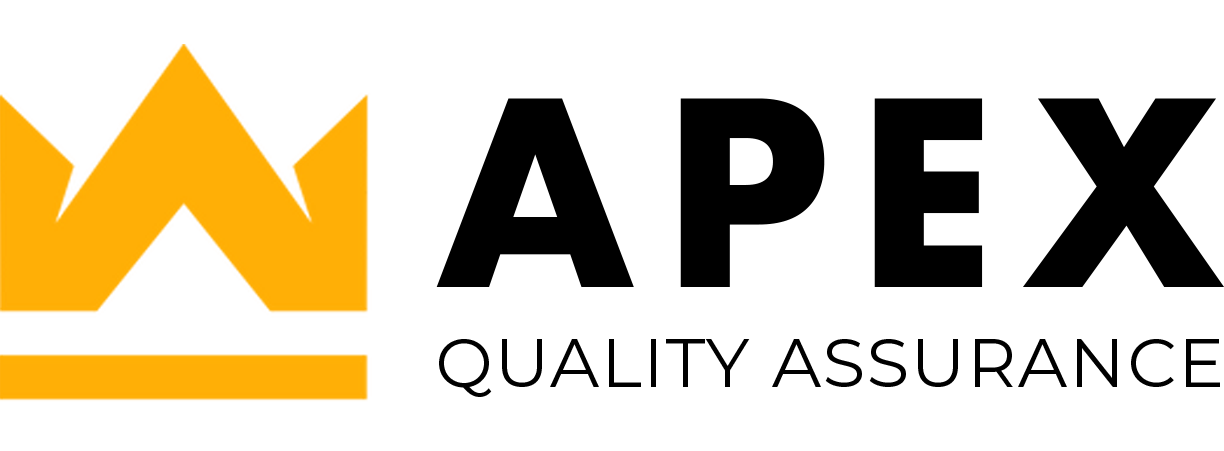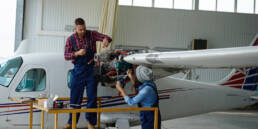In the high-stakes world of aviation, space, and defense, quality takes center stage. Every component, every assembly, needs to be meticulously inspected and verified to ensure flawless performance and unwavering safety. That’s where the First Article Inspection (FAI) comes in, acting as a crucial quality gatekeeper for manufacturers in these critical industries. But what exactly is an AS9102 FAI, and why should every quality manager understand its intricacies? Buckle up, as we delve into this essential quality practice:
What is an AS9102 FAI?
Think of it as a comprehensive examination of the first production run of a new or modified part. It’s a rigorous quality check that verifies if the manufacturing process aligns with all specified requirements:
- Engineering drawings and specifications: Are dimensions, tolerances, and materials within acceptable limits?
- Production processes: Are the planned methods actually followed, and do they produce conforming parts?
- Documentation: Are all associated documents, like inspection procedures and material certificates, accurate and complete?
- Tooling and equipment: Are the correct tools and equipment used, and are they functioning properly?
AS9102 FAI isn’t just a nice-to-have; it’s often a contractual requirement. But beyond that, it offers a wealth of benefits. Early detection of issues by catching problems early in the production cycle saves time, money, and rework costs. Improved quality and consistency by verifying the process, you ensure consistent production of conforming parts. Reducing risk of non-compliance and enhancing customer satisfaction are some other benefits. Delivering parts that meet or exceed expectations fosters trust and strengthens customer relationships and documented FAI report serves as evidence of adherence to specifications, mitigating compliance risks.
What does a quality manager need to know?
As a quality manager, mastering the AS9102 FAI process is crucial. Here are some key points to remember:
- Understand the standard: Familiarize yourself with the latest AS9102 requirements and how they apply to your specific products and processes.
- Plan and prepare: Develop a clear FAI plan outlining the inspection scope, personnel, equipment, and documentation procedures.
- Train your team: Ensure your inspectors are qualified and understand the AS9102 criteria and reporting formats.
- Collect and document data: Record all inspection results, including measurements, observations, and any non-conformances.
- Communicate effectively: Work closely with engineering, production, and the customer to address any identified issues and obtain approvals.
Remember: The AS9102 FAI is a collaborative effort. By working together across departments and with your customer, you can ensure a smooth and successful inspection process, ultimately delivering the quality and safety that the aerospace, space, and defense industries demand.
By understanding and implementing the AS9102 FAI effectively, quality managers can play a vital role in ensuring the production of safe, reliable, and compliant components, fostering a culture of quality that propels their organization to new heights.
Timing Your First Article Inspection Right
While the thrill of starting production might tempt you to rush into inspections, holding a First Article Inspection (FAI) at the right time is crucial for maximizing its effectiveness. So, when exactly should you hit the brakes and conduct an FAI? Mark your calendar for these key moments:
- New kid on the block: The FAI shines brightest when welcoming a brand new product or a significantly modified one. It ensures your manufacturing process can consistently deliver parts that meet the design specifications before full-scale production begins.
- Changes on the horizon: Did you tweak the design, switch suppliers, or update your production methods? An FAI helps verify these changes haven’t compromised quality or functionality.
- Long time no see: If production has been on hold for two years or more, an FAI acts as a refresher, confirming processes haven’t drifted and parts still meet requirements.
FAI isn’t just a box-ticking exercise. By strategically scheduling it at these critical junctures, you catch potential issues early, ensuring a smooth and compliant production run, saving time, money, and most importantly, maintaining the high-quality standards that your industry demands.
Passing or Failing the FAI: What’s Next?
The fate of your production run hinges on the First Article Inspection. A passing component signifies smooth sailing: production continues according to plan. But what happens if it fails? Don’t panic! It’s an opportunity to identify and address issues early. Production pauses while the team investigates the root cause, implements corrective actions, and conducts a reinspection to ensure conformity. This might involve adjustments to the manufacturing process, materials, or tooling. Once the issue is resolved and the component passes the reinspection, production resumes with renewed confidence in quality and adherence to specifications. Remember, a failed FAI isn’t a dead end; it’s a chance to prevent costly mistakes and ensure the final product meets the high standards expected in critical industries.
Contact Us
If you have any questions about FAI, interested in training, or need consulting on nonconformities please contact a representative at APEX QA. Call 919-635-5581.



